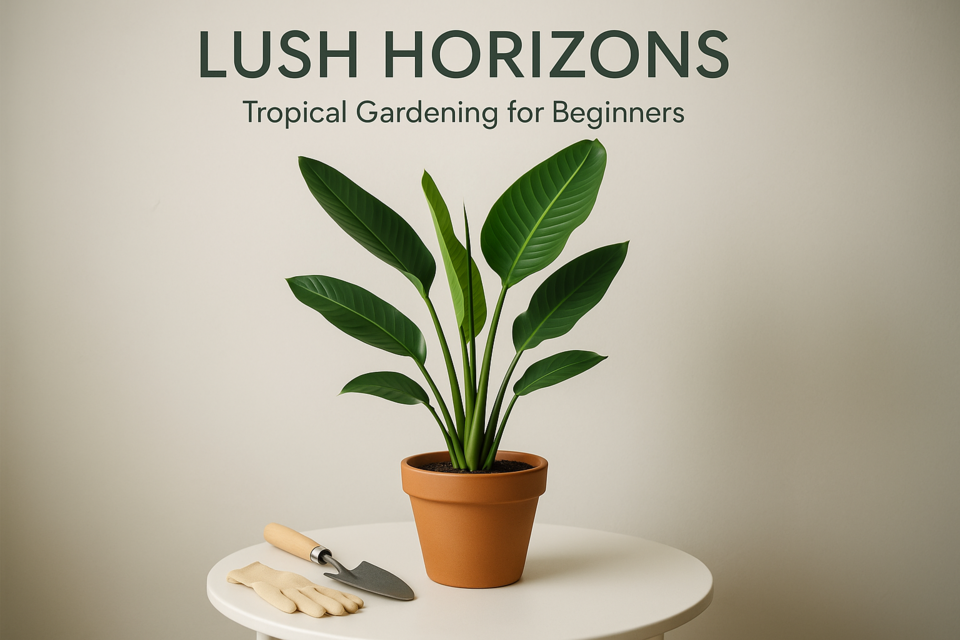Lush Horizons: Tropical Gardening for Beginners
Cultivate Your Paradise in Living Color
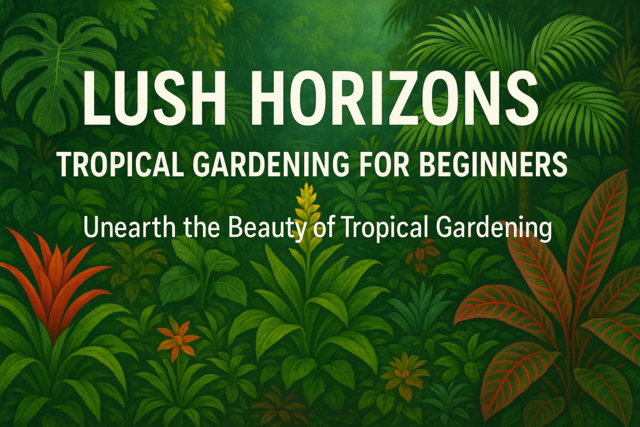
4 Hours average completion time
0.4 CEUs
13 Lessons
25 Exams & Assignments
20 Discussions
15 Reference Files
110 Articles
Mobile Friendly
Last Updated December 2025
Unearth the Beauty of Tropical Gardening
Evoke the magic and allure of lush tropical landscapes right in your backyard! Our meticulously crafted course, dedicated to the splendors of tropical gardening, is tailored specifically for budding garden enthusiasts. Whether you're just planting your first tropical seedling or seeking to rejuvenate an inherited tropical haven, this course is your gateway to a botanical paradise.
Begin your journey by immersing yourself in the rich tapestry of tropical flora. Discover the origins of these exotic beauties, grasp their intricate functioning, and delve deep into their unique requirements. Equipped with this knowledge, handpick from an array of vibrant tropical plants to adorn your garden.
But cultivating a tropical garden isn't merely about plant selection. Understand the nuanced art of nourishing, safeguarding, pruning, and sculpting these plants, ensuring they not only survive but flourish spectacularly in your space. Navigate the challenges of tropical gardening with ease, from combating pests to mitigating diseases.
For those committed to eco-friendly gardening, we delve into the principles of organic gardening, guiding you to curate a garden that's in harmony with nature. Beyond this, master the skills of effective garden planning and discern the tropical garden archetype that aligns perfectly with your aspirations and the unique character of your space.
Fear not if you've been told you lack the elusive 'green thumb'. With our expert guidance, you'll unearth your innate gardening prowess and learn the secrets to making your tropical retreat thrive.
Dive in and let us guide you in weaving the vibrant threads of the tropics into your very own garden tapestry! Join our course today and embark on a botanical journey like no other.
- Training tropical plants for creative expression
- Balancing aesthetics with ecological benefits
- Optimizing soil for plant health
- Applying organic farming principles
- Implementing eco-friendly gardening practices
- Identifying tropical plant needs
- Pruning for resilience and growth
- Planning personalized garden spaces
- Adapting gardens to seasonal changes
- Designing sustainable tropical gardens
- Enhancing garden biodiversity
-

Cooking and Baking 101
-

Housekeeping 101
-

How to Decorate a Room
-

Emotional Intelligence
-

Interior Decorating Made Easy
-

All About Herbs
-
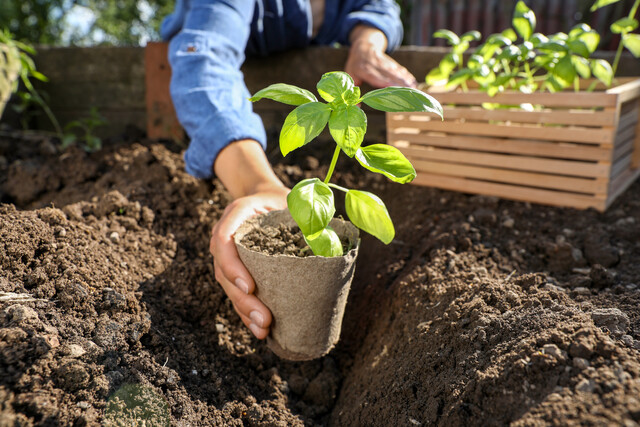
Introduction to Gardening
-

Adobe Acrobat
-

Soap Making Mastery
-

Floral Arrangement 101
-

Cooking Class Bundle: 5 Cooking Courses
-
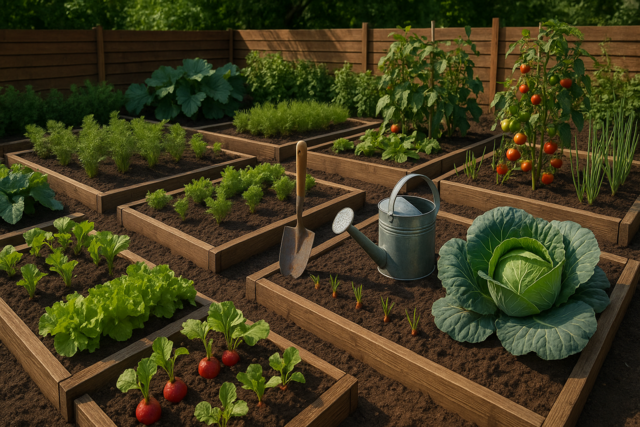
Vegetable Gardening 101
-

Caring for Seniors
-

Interior Design 101
-

Butterflies
-

Beginner's Guide to Wine
-

Home Safety
-

Pie Baking 101
-

Landscaping 101
-
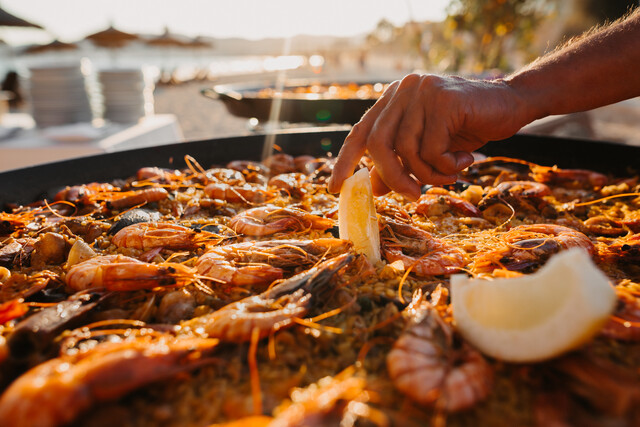
Spanish Cooking 101
-

Anxiety Therapy 101
-

Leadership Skills for Managers
-

Advanced Aromatherapy: Nature's Elixirs and Recipes
-

Beyond the Crust: The Heart and Soul of Bread Baking
-

Spiders and Other Insects in North America
